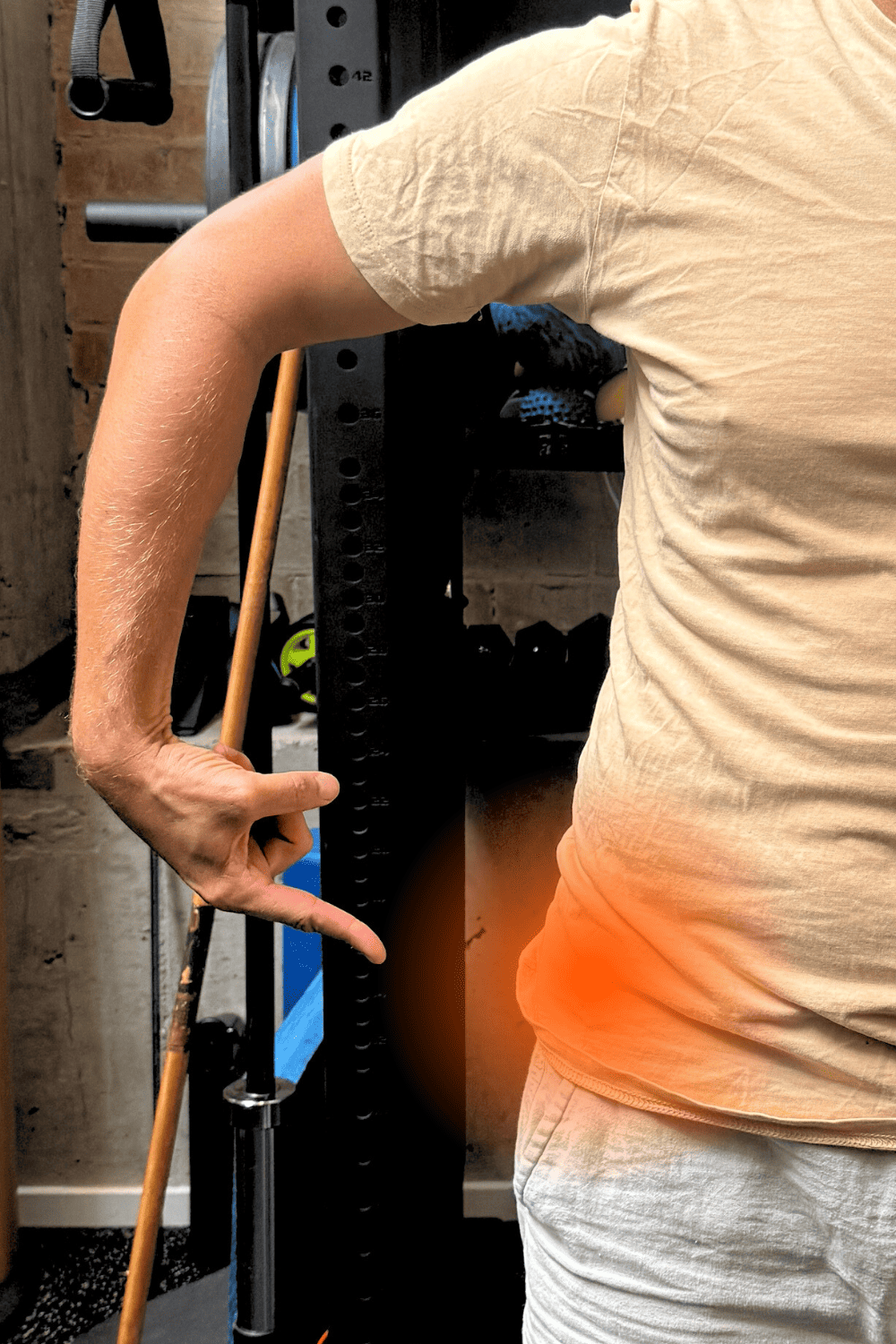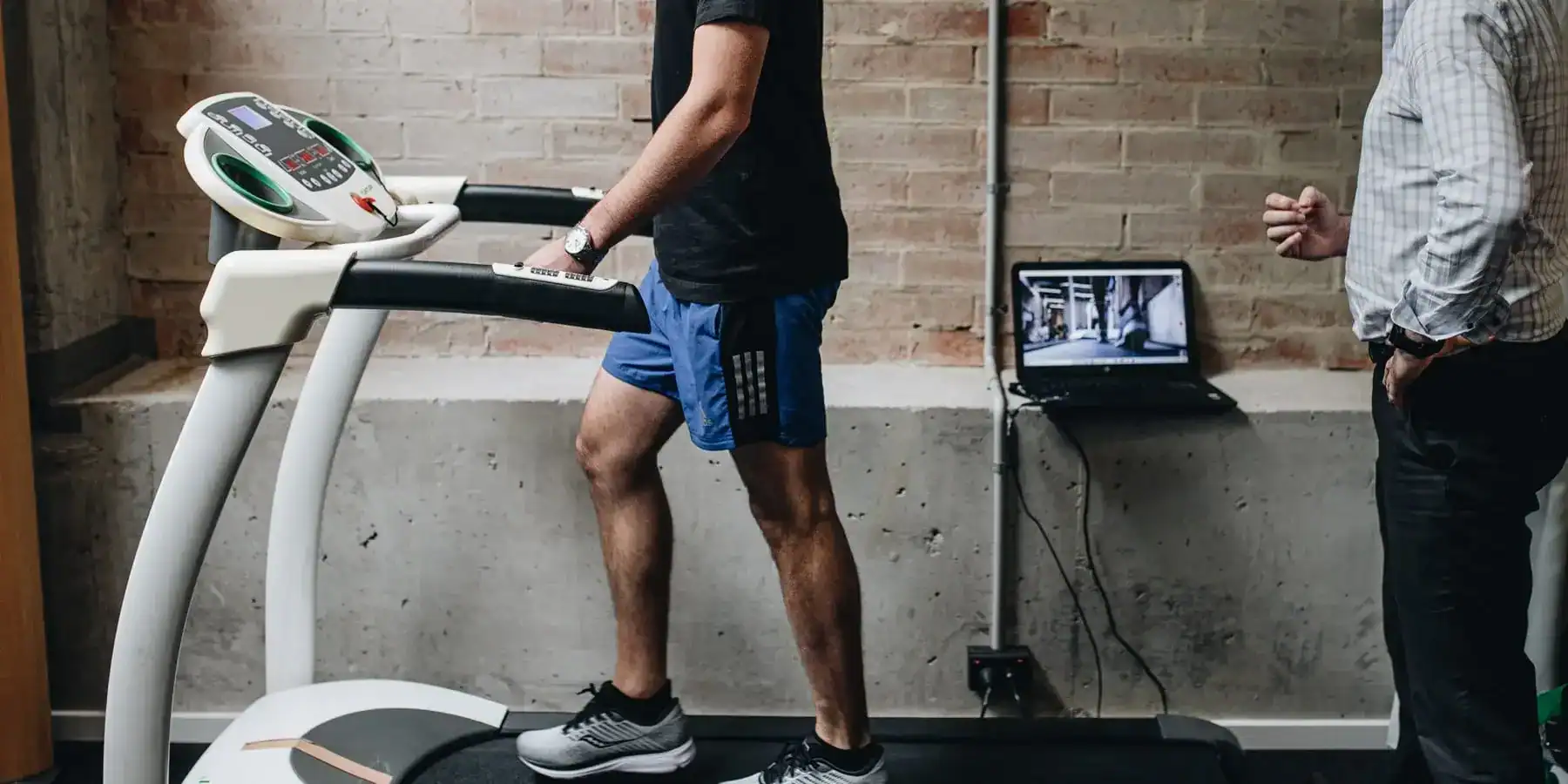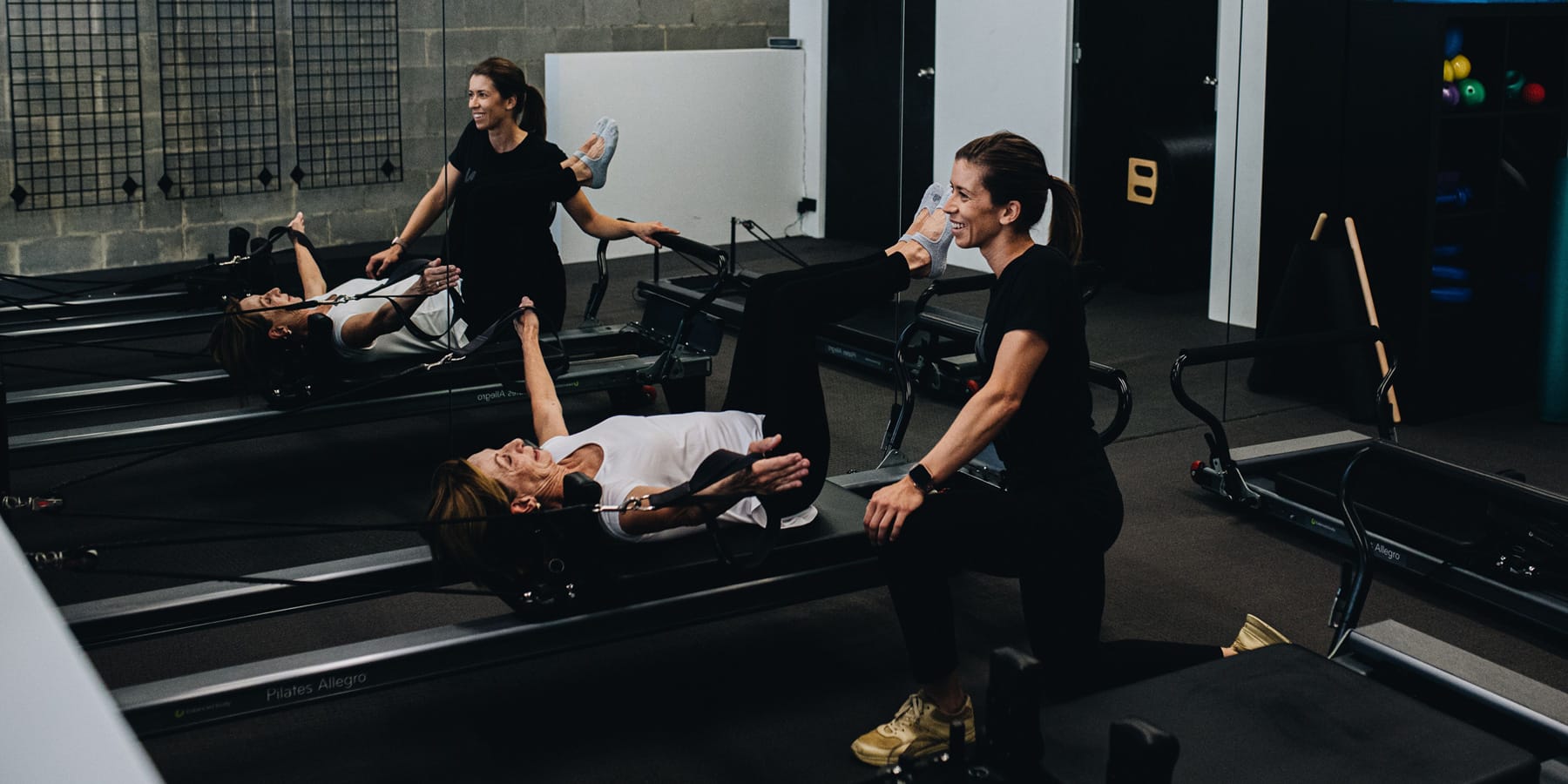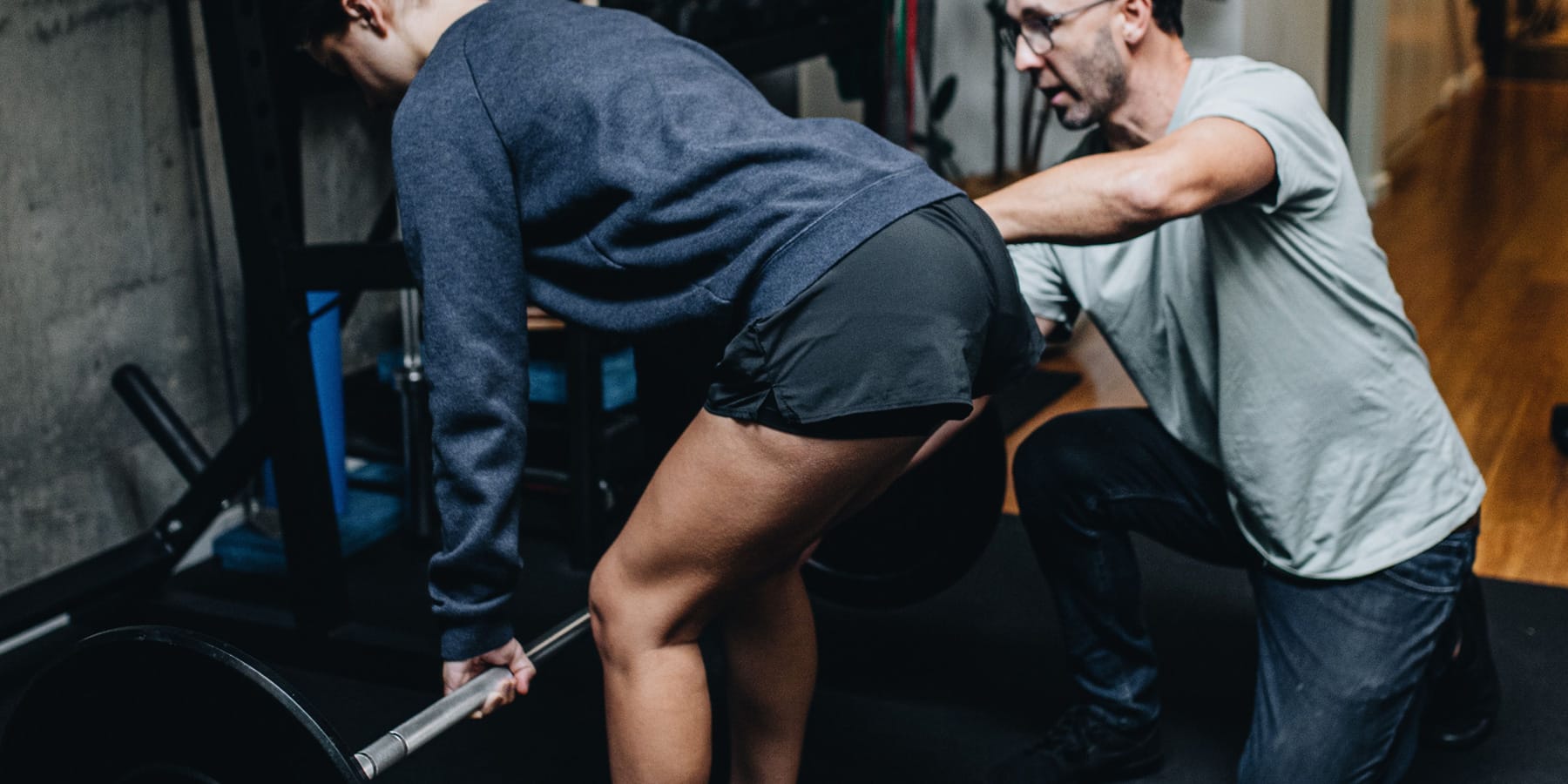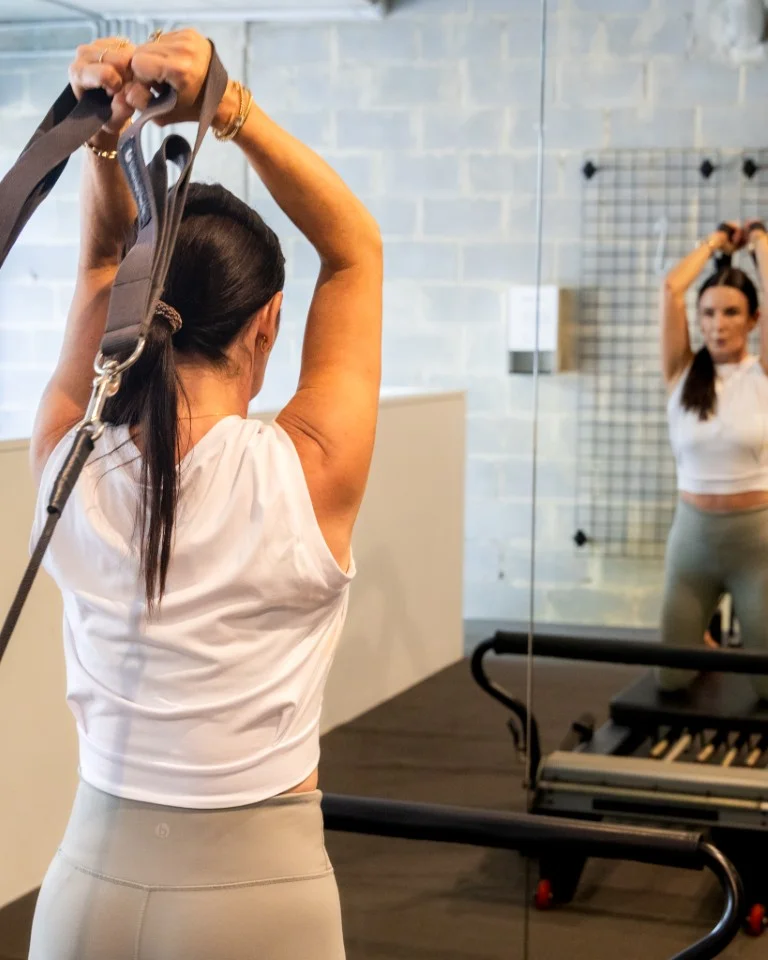
At MRP Health, we treat many patients experiencing lateral hip pain. This discomfort often arises from repetitive activities like walking, running, or even prolonged sitting, which place strain on the muscles and tendons around the hip joint. More often than not, it’s an irritation to one of the tendons on the outside of your hip.
Lateral hip pain is common among runners and walkers, but it can also develop from everyday actions such as standing for extended periods, climbing stairs, or a sudden increase in an activity or exercise. Symptoms typically include pain and tenderness on the outside of the hip, weakness, and difficulty performing movements like getting up from a chair after prolonged sitting, inability to lie on the affected side, and pain with walking and running.
These injuries can be very stubborn and can take a long time to get better. The key is to find exercises that strengthen the area, but ones you can tolerate. The key is perseverance and consistency. Our expert physiotherapists recommend incorporating simple at-home exercises, like banded knee raises and standing hip abduction, into your routine to complement your physio sessions.
Check out some exercises to ease your lateral hip pain
Side Lying Clam with a TheraBand

- Lie down on your side, ensuring your body is aligned from head to toe. Place a TheraBand around your knees. Bend your knees to about 90 degrees, keeping your feet together.
- While keeping your ankles together, slowly raise your top knee away from the bottom knee. You should feel tension in the TheraBand as it stretches.
- Avoid rolling your hips or letting them open as you move your knee. Your hips should remain stable throughout the exercise. Focus on keeping the movement slow and controlled.
- After raising your knee, slowly lower it back down to meet the other knee.
- Perform 8–10 repetitions per set. Aim for 3 sets, ensuring each movement remains slow and controlled throughout.
- Focus on the quality of movement rather than speed. Keep your core engaged to help stabilize your hips.
Standing Side Raise

- Attach a resistance band to a fixed point and then secure the other end around your ankle. Stand upright and parallel to the fixed point, ensuring proper posture.
- Place your weight on your inside leg (the leg closer to the fixed point). Raise your outer leg (the one with the resistance band) out to the side between 30-45 degrees.
- Slowly lower your leg back to the starting position.
- Avoid tilting your hips during the movement by keeping your core engaged and your upper body stable.
- Aim for 8–10 repetitions on each leg. Complete 3 sets, switching legs between each set.
Romanian Deadlift
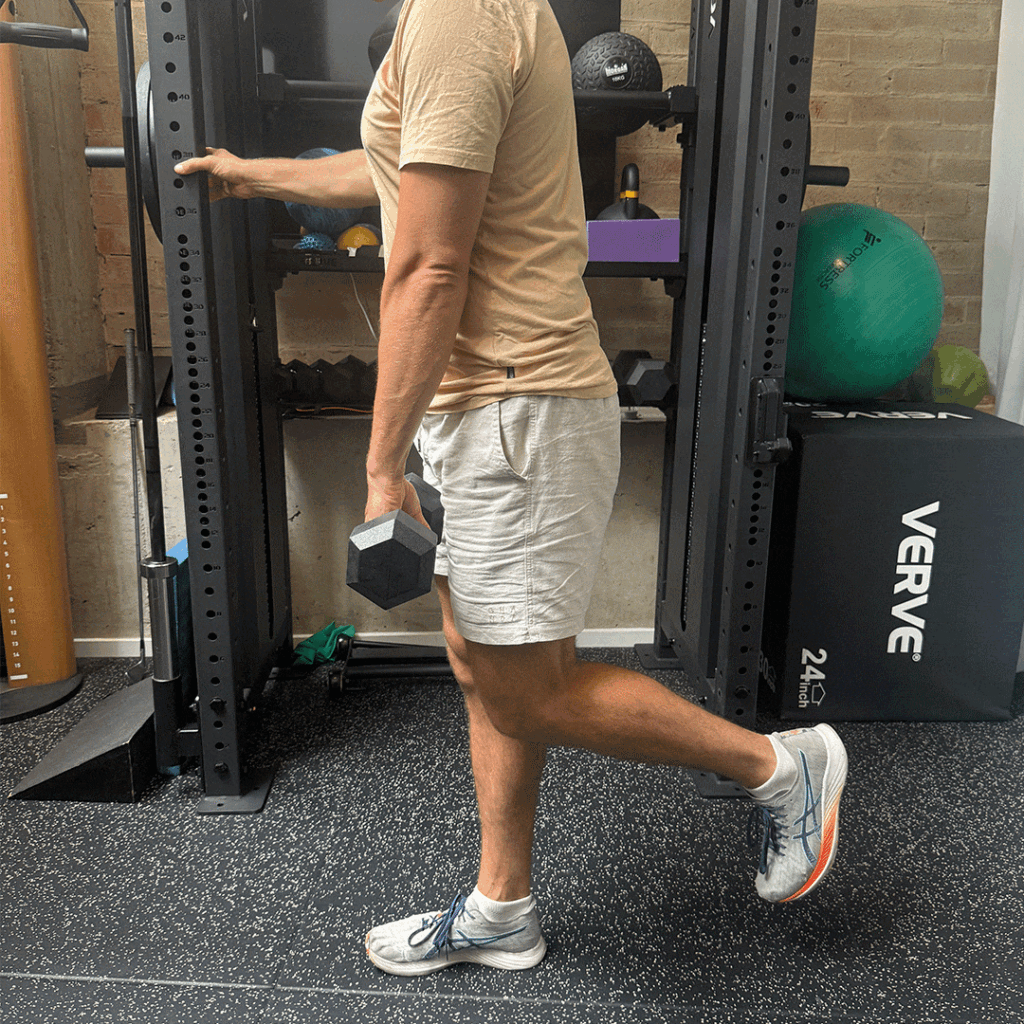
- Stabilize yourself against a fixed point if needed, holding a dumbbell or lightweight in your opposite arm. The goal is to eventually perform the exercise without any support.
- With the weight in your opposite arm, slowly lower the weight towards the ground. Keep your back straight and your arm extended. A slight bend in your knee is allowed. Your physio will guide you on the optimal knee bend depending on your injury.
- After lowering down, slowly return to an upright position.
- Aim for 8–10 repetitions per set. Perform three sets, focusing on controlled movements.
- Maintain a neutral spine and avoid rounding your back during the movement.

